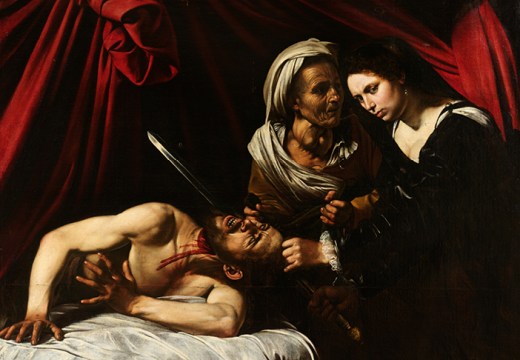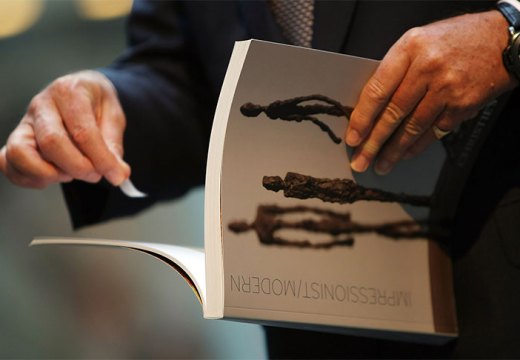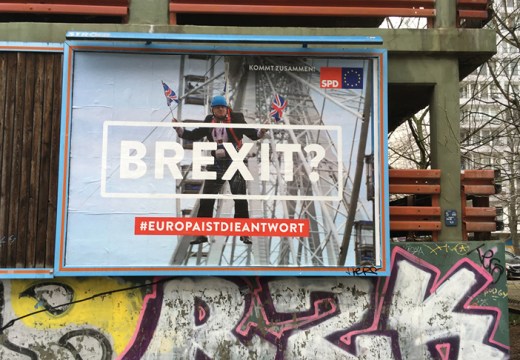On the face of it, it may seem that little connects the impulsive passions of the art world with the calculated machinations of the currency markets. But for those involved with the art trade today, the two are increasingly intertwined.
At its upper echelons, the art market operates on a truly international scale. The average transaction is likely to involve at least three countries – a seller in New York, say, offering a work through a London intermediary that finds a buyer in Hong Kong. But not all countries are equal, nor are they as borderless as some might like, particularly when it comes to currencies. Hence, at every high-end auction around the world, there is a screen that immediately converts the bidding in the saleroom into a range of currencies, including the Swiss franc, China’s renminbi and the Russian rouble. In an effort to be more seamless, the art market has adopted the US dollar as its base currency – starting in the 1980s, when buyers from North America proved the drivers of a gradually globalising trade.
This can prove frustrating for auction houses when exchange rate fluctuations don’t work in their favour. Take the example of Methode, Fertigzuwerden (1965), which ostensibly made a record for the German artist A.R. Penck at Sotheby’s, London in 2012 when it sold for £325,250, the equivalent of $511,228. Officially, however, the artist’s auction record still belongs to a work that sold for rather less in pounds sterling at Christie’s in London – Standart (1973), for £252,500; but this was in 2007, when the UK currency was much stronger against the dollar, so it pips the later sale to the top spot at $515,100.
There are times when it suits market players to harness a more convenient currency, particularly when it comes to marketing. Christie’s managed to work some magic earlier this year when it announced ‘the highest art sales total in company history’ of £5.3bn for 2018. The dollar equivalent of $7bn was, however, not a record because, these days, the pound gets you considerably fewer dollars. That record was in fact made in 2014, at $8.4bn (then the equivalent of £5.1bn). Christie’s has its headquarters in the UK, so it’s fair enough for it to shout about these impressive results, but you can bet your bottom dollar (pun intended) that it made some noise about the sales total in 2014 too, when it declared that ‘This figure is the highest total for Christie’s or any art company in the history of the market.’
Gallerists in the primary market generally price works in the currency in which their artists get paid, usually the one local to the artist. This can work either way. At the Contemporary Istanbul art fair in September, some local galleries deliberately continued to price works in the battered Turkish lira to entice overseas buyers – to decent effect. The London-based dealer Lyndsey Ingram takes payment in US dollars and pounds sterling, but because she files her accounts in the latter, she says, ‘I take a bath on currencies the whole time’. Converting foreign currencies back into pounds sterling on paper, which she has to do when she files her accounts in the UK, may seem to dent her business’s results, Ingram says, but in reality the money doesn’t always cross borders and having two accounts functions well: ‘I can use my dollar account to pay for art fairs in the US.’
Currencies can also be used by governments to define and manage national priorities. The most recent relevant example here is China, where spending on luxury goods (including art) has been dramatically curtailed by government restrictions on moving the local currency outside the country’s borders. There are ways around this, of course: Hong Kong, which has a different currency from mainland China, has benefited. But the restrictions are real. ‘Payment terms can only be extended so far,’ notes one senior auction house executive.

Vertiefte Regung (Deepened Impulse) (1928), Wassily Kandinsky. Sotheby’s London, £6.1m
Meanwhile, since the UK’s dramatic decision in June 2016 to leave the European Union, even the less financially literate have had to take note of the currency markets. Soon after the vote, the pound experienced its largest ever intra-day fall against the dollar and euro, reaching $1.32 and €1.20 (from nearer $1.50 and €1.30 respectively) – and it has subsequently fallen much lower at times. The UK currency continues to be very sensitive to Brexit-related news and, at time of writing, was sitting at $1.30 and €1.16. More overseas buyers have been attracted to buy as the cost is effectively less than before, and London’s auction seasons have benefited. In the run-up to the exit date, however, the auction houses have felt compelled to offer clients the opportunity to lock in an exchange rate, in view of potential swings ahead.
In theory, you can’t have things both ways – a good place to buy is unlikely to be a good place to sell, and supply in the UK has inevitably felt the pinch. ‘It’s a double-edged sword,’ notes the London- and New York-based dealer Pilar Ordovas. But if you buy your art in London, where things are cheap, and sell in New York to get some strong dollars in the bank, the relentlessly international art market still benefits as a whole. This may not seem great news for UK buyers, but these are already a minority on the global stage. Besides, the cookie-cutter plutocrats have businesses and bank accounts around the world, so can play the game that best suits them.
Take, for example, the sellers of Kandinsky’s glorious Vertiefte Regung (Deepened Impulse) (1928) at Sotheby’s in London this season. They bought the work in New York for $6.4m in November 2015, when £1 bought $1.53, so the equivalent of about £4.2m (as opposed to about £4.8m today). This February, the work didn’t generate much excitement but still sold, probably to its guarantor, for £6.1m (the equivalent of $8.1m). Depending on how they structured their transactions, the sellers could have maximised their profits in pounds sterling (return of £1.9m) as opposed to US dollars ($1.7m) – not bad going.
Should the currency situation reverse over the next few years, then those who have bought cheaply in London these past couple of years could make some extra profits, regardless of the actual value of the art. No wonder those arty types are keeping a watchful eye on the foreign exchange markets right now.
Melanie Gerlis is the author of Art as an Investment? A Survey of Comparative Assets (Lund Humphries).
From the April 2019 issue of Apollo. Preview the current issue and subscribe here.
Unlimited access from just $16 every 3 months
Subscribe to get unlimited and exclusive access to the top art stories, interviews and exhibition reviews.














![Masterpiece [Re]discovery 2022. Photo: Ben Fisher Photography, courtesy of Masterpiece London](http://www.apollo-magazine.com/wp-content/uploads/2022/07/MPL2022_4263.jpg)
It’s time for the government of London to return to its rightful home